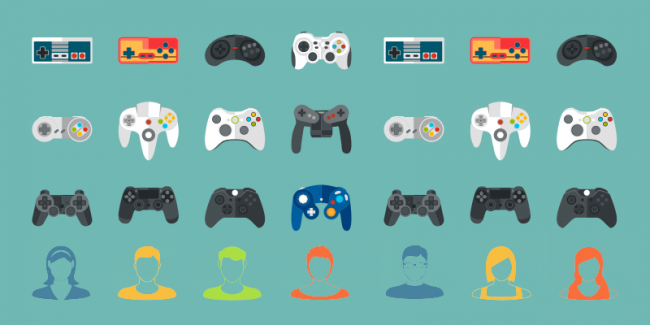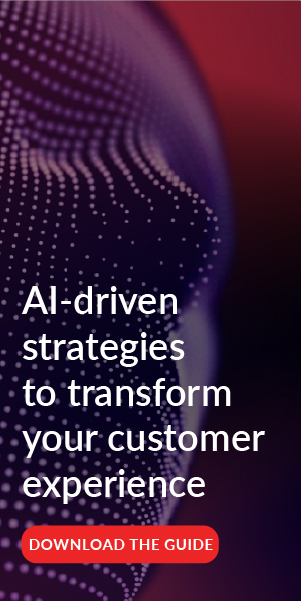Gamification as Motivation: Parallels Between Gaming and Employee Training

Did you know that businesses that take time to develop employee skills tend to outperform their competitors? Research shows that a successful learning strategy sets the foundation for long-term success, sometimes leading to 4x revenue growth. [i] With this stat in mind, how can business leaders not only train their employees, but get them excited about learning?
The answer is simple: gamification.
Up until recently, many considered video games a strictly leisurely activity. But what if employers could leverage gamification to push their employees to their full potential? A recent survey conducted by CGS revealed that 67% of business leaders identified developing soft skills (leadership, coaching and onboarding) as a top priority for spending in 2016. Gamification is a great alternative to traditional learning programs as it can increase participation, encourage competition and reward hard workers, all while revealing employee behavior patterns.
Explore the parallels between motivators for video gamers and employees below.
Increase Participation with Rewards
56% of businesses leaders are currently experiencing major challenges in establishing a best practice for achieving specific learning goals.[i] One of the best methods of achieving results is to create a reward system that recognizes employees with high-achievement or success rates.
If people will develop their skills in a game to earn virtual rewards, why not apply this tactic in the workplace? If Candy Crush can get hours of gameplay by rewarding players with bonus candies and gold, organizations can generate more output by providing incentives.
Encourage Friendly Competition
Employees may not be aware of their coworkers’ performance, making it difficult to gage how they are faring against them in terms of productivity and quality of work. Much like the competition observed between friends playing against each other in their favorite video games, gamification in the workplace allows them to see where they stand against their peers.
“The key is to encourage employees to compete with one another and best each other in a fun way,” said Robin Tandon of Eptica.
Collect Behavioral Data
One of the lesser known benefits of adopting gamification in the workplace includes learning about the way your employees work. Having them participate in games allows leaders to collect a wealth of data, including areas of strength and weakness. Employees provide insight into their current skillsets without feeling like they’re being evaluated, relieving the pressures often associated with skill assessments.
Disguise Traditional Learning
It’s difficult to motivate employees to sign up for training in addition to their required work responsibilities. When learning or training courses appear in a similar format to daily tasks, it is likely that an employee will not be fully immersed.
With engaging visuals, interactive activities and achievable goals, gamification can train employees without making them aware that learning is taking place. A well-designed learning software can actually help employees blow off steam, relieve stress and develop their skills simultaneously.
Teamwork and Bonding
Research shows that businesses with a focus on learning culture tend to have a staff with skills that is 58% more likely to meet future demands. [ii] It’s beneficial to have highly-skilled employees in your organization, but a company needs teamwork – not just a group of individuals working separately.
In addition to helping employees realize their individual potential, gamification is an excellent tool for encouraging teamwork. In many video games, it requires 2 or more players to finish certain challenges and complete a level. The workplace is similar; there are many tasks that must be finished in order to achieve one main goal. Employees may establish bonds that will help them unite to creatively solve problems.
Gamification for Continued Success
Did you know that 90 percent of contact centers already rely on gamification?
In fact, Boston Retail Partners found that after implementing gamification, employees became more engaged with their jobs, more inspired to be productive and better focused on completing tasks - all of which are incredibly important attributes for a thriving workforce.
For more information on gamification in the work place, check out the video below.
[i]CGS 2016 Learning Trends report
[ii] Bersin and Associates, 2010 Study of high-impact learning cultures
[i] 11-year Research Study by John Kotter and James Heskett comparing the performance of 12 companies that had an adaptive culture with 20 companies that did not

